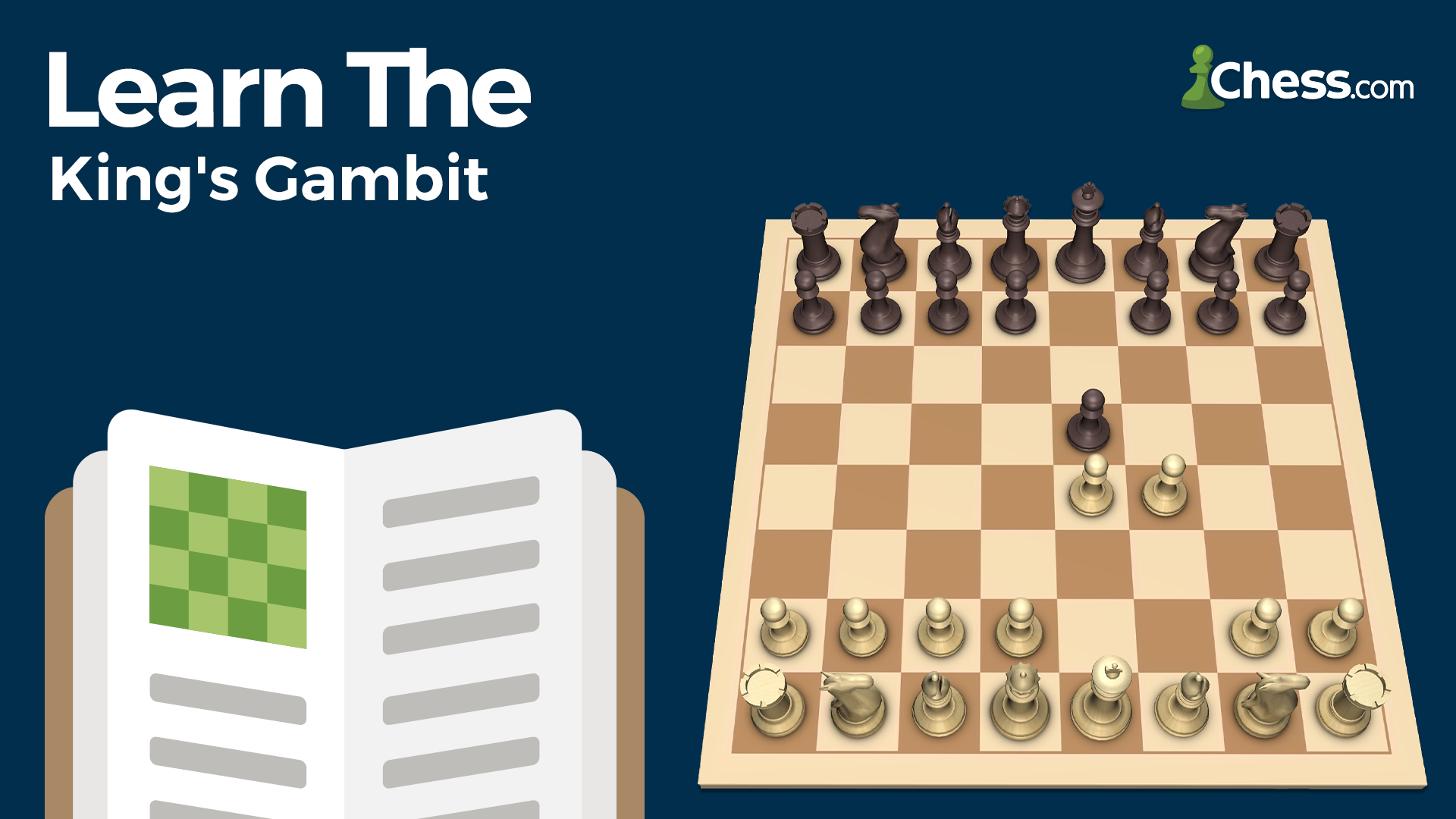Learning Chess Gambits: Strategy, Tactics, and Risk
Chess gambits are ideal maneuvers where a new player sacrifices substance, usually a pawn, to find an advantage in position, growth, or initiative. These types of tactical maneuvers are actually a staple involving chess strategy with regard to centuries, captivating gamers using their dynamic mother nature and potential for exciting play. Within this blog, we are going to delve into the world of mentally stimulating games gambits, exploring their own origins, popular variations, and the proper principles behind their use. Gambit in chess regarding Gambits: The strategy of sacrificing material for positional or tactical gain goes back to the early days of chess. Historical records display that gambits have been already working within chess games throughout the Renaissance period. Players like Gioachino Greco and Ruy López were innovators of the artwork of sacrificing substance to seize the initiative. Strategic Guidelines: Chess gambits are usually based on several proper principles: 1. Initiative: Gambits aim to seize control over the particular center or trigger an attack, driving the opponent to be able to react defensively. 2. Development: Gambits usually cause rapid growth of pieces, creating threats and putting pressure for the opponent's position. 3. Settlement: Despite sacrificing materials, gambits offer reimbursement in the type of improved part activity, better pawn structure, or attacking chances.  4. Way Play: Gambits present complexity and dynamism into the activity, requiring players to be able to calculate variations accurately and navigate a plan complications. Popular Gambits: Several gambits include stood the test out of time and remain popular between chess enthusiasts: one. King's Gambit: Coming up after 1. e4 e5 2. f4, the King's Gambit offers White rapid development and targeting chances in trade for a pawn. 2. Queen's Range: Initiated by 1 ) d4 d5 installment payments on your c4, the Queen's Gambit aims to control the middle and facilitate piece activity, often major to positional benefits. 3. Sicilian Security, Smith-Morra Gambit: In the Sicilian Defense (1. e4 c5), the particular Smith-Morra Gambit (2. d4 cxd4 three or more. c3) is the sharp and aggressive line that issues Black's central manage. 4. Scotch Gambit: Arising from the Scotch Game (1. e4 e5 2. Nf3 Nc6 3. d4 exd4 4. Bc4), the Scotch Offrande (4. Bc4 Bc5 5. c3) sacrifices a pawn in order to gain a lead in development plus attacking chances. Understanding Gambits: To get skillful in playing privation, players must: one Study Grandmaster Games: Analyzing games enjoyed by top gamers who have successfully employed gambits can provide valuable information into their proper nuances and technical possibilities. 2. Understand Pawn Structures: Gambits often lead to be able to unique pawn houses, and understanding the resulting positions is crucial for creating effective plans. 3 or more. Practice Tactics: Privation are inherently trickery, so regular a plan training is fundamental for calculating variations accurately and taking advantage of tactical opportunities. 5. Experiment in Video games: Incorporating gambits straight into your own video games and analyzing the outcomes will support build a deeper understanding of their strengths and weaknesses. Chess gambits add excitement and unpredictability to be able to the game, competing players to find their way complex tactical plus strategic positions. Simply by understanding the rules behind gambits plus studying their different versions, players can utilize their power to seize the motivation and outmaneuver their own opponents on the chessboard. Whether you prefer the sharpened lines of the particular King's Gambit or even the positional subtleties of the Queen's Gambit, mastering privation can elevate your own chess game to new heights regarding creativity and dynamism.
4. Way Play: Gambits present complexity and dynamism into the activity, requiring players to be able to calculate variations accurately and navigate a plan complications. Popular Gambits: Several gambits include stood the test out of time and remain popular between chess enthusiasts: one. King's Gambit: Coming up after 1. e4 e5 2. f4, the King's Gambit offers White rapid development and targeting chances in trade for a pawn. 2. Queen's Range: Initiated by 1 ) d4 d5 installment payments on your c4, the Queen's Gambit aims to control the middle and facilitate piece activity, often major to positional benefits. 3. Sicilian Security, Smith-Morra Gambit: In the Sicilian Defense (1. e4 c5), the particular Smith-Morra Gambit (2. d4 cxd4 three or more. c3) is the sharp and aggressive line that issues Black's central manage. 4. Scotch Gambit: Arising from the Scotch Game (1. e4 e5 2. Nf3 Nc6 3. d4 exd4 4. Bc4), the Scotch Offrande (4. Bc4 Bc5 5. c3) sacrifices a pawn in order to gain a lead in development plus attacking chances. Understanding Gambits: To get skillful in playing privation, players must: one Study Grandmaster Games: Analyzing games enjoyed by top gamers who have successfully employed gambits can provide valuable information into their proper nuances and technical possibilities. 2. Understand Pawn Structures: Gambits often lead to be able to unique pawn houses, and understanding the resulting positions is crucial for creating effective plans. 3 or more. Practice Tactics: Privation are inherently trickery, so regular a plan training is fundamental for calculating variations accurately and taking advantage of tactical opportunities. 5. Experiment in Video games: Incorporating gambits straight into your own video games and analyzing the outcomes will support build a deeper understanding of their strengths and weaknesses. Chess gambits add excitement and unpredictability to be able to the game, competing players to find their way complex tactical plus strategic positions. Simply by understanding the rules behind gambits plus studying their different versions, players can utilize their power to seize the motivation and outmaneuver their own opponents on the chessboard. Whether you prefer the sharpened lines of the particular King's Gambit or even the positional subtleties of the Queen's Gambit, mastering privation can elevate your own chess game to new heights regarding creativity and dynamism.